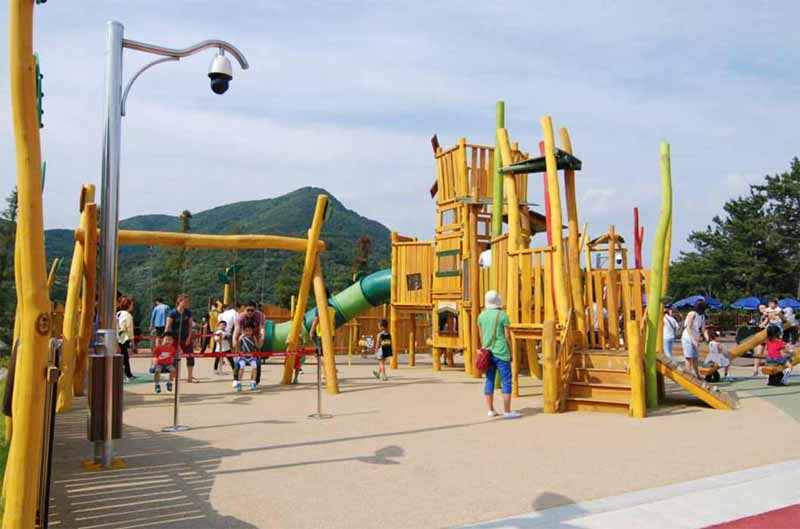
Slide Designs over Time
Author: Austin Stanfel
Not every playground is created the same. This is especially evident when we observe the design and manufacturing of the slides in our current playgrounds compared to those in recent history. Despite the fact that the idea of the slide has not been revolutionized, drastic changes have developed over time to create new visions.
The standard playground of the past maintained many of the components we are familiar with: the slide, the swings, a see-saw, and others. The typical slide consisted of a stereotypical triangular shape with a ladder to climb up and a metallic slide descending to the ground. Every playground most likely had an exact replica of this design, without exception. However, a series of lawsuits around the 1960s focused on the injuries many children suffered due to playing on playgrounds, forcing designers to rethink many of the models used to create playground components. This led to a revolution in playground design.
The slides are no longer considered standalone objects; many are now incorporated into larger play units. There are also a variety of sizes and shapes of the slide you can choose from. This stems, in large part, from a change in the material used to make the slide. Designers moved away from metal, and many are created using heavy-duty plastic. This material change allows molds in a variety of shapes and sizes to fit the particular needs of the playground design.
If you are interested in keeping the traditional style and shape of the historic slide, you can still acquire that triangular ladder-up, slide-down design. However, there are several variations that you can also choose from. To encourage communal play and integrative learning methods, there has been a prolific production of slides available in a range of elaborate designs.
Slides that make 90- or 360-degree turns on their way down can incorporate some excitement into the lives of older children. Tube slides can also be created with the advent of plastic molds. These slides can also incorporate 90 or 360-degree turns in their descent. Simple wave slides are also great for adding variation to a slide for younger children.
Slides can now be designed with age groups and intended learning skills built into them. Playground artists no longer have to rely on the standard slide design of the past. Instead, slides can be creatively incorporated in unique ways that maximize interactions and social learning.
Numerous ways to ascend a slide, including rope nets, spiral staircases, and pirate ship walkways, allow playground designers to let imagination play a prominent role in creating the playground space. With the advent of plastic materials in slide manufacturing, every playground can have unique slide components that are safer to use and provide more interesting play.
Children of every age and varying abilities now have the opportunity to enjoy the fun of playgrounds. Working with a design expert in playground components can give you the insight you need to provide a stellar experience.

